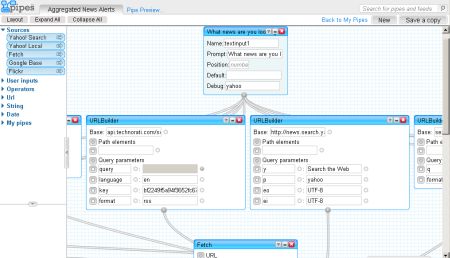von Roland Hachmann | März 22, 2007 | Ad News, Blog, Digital Marketing, Digital News, Online Advertising
Doubleclick apparently just published a study on the effectiveness of video ads. Which is fine, it’s a new ad form that needs to be scrutinized. But the first couple of findings really state the obvious in my opinion:
When it comes to grabbing the attention of Web surfers, advertising distributed via online video handily outpaces static image ads…
Well, of course. Anyone could have guessed that, really.
The second fact they find is equally obvious:
It predicted companies that invest in online video advertising are likely to see significant results.
Wow, what a coincidence. I bet they’re more expensive, too…
I know, I know. You need this kind of study in order to really convince clients (or rather: their bosses) that video ads justify the budget spent on them. But hey, it sounds all the more trivial to me.
Only one thing makes me think:
„It’s a mistake for advertisers to assume that all they should do is take their television ads and move them to the Internet,“ he said. „I expect that the most effective video ads are the ones that compel the user to engage with them and initiate the advertising. Our clients are now mixed about whether their ads should play with or without user initiation… I think the best practice is to create the type of advertisements that users are going to request to see and initiate.“
I agree, that you shouldn’t just put your TV spots online. Rather, produce something truly interactive, with links in it. (Which could look like this.)
Also, the videos should wait to be activated. Neither should they start running with full sound right away (consider office situations…). The best I have seen so far were looping video ads without sound, but with a very visible sound „on“ button.
von Roland Hachmann | März 20, 2007 | Ad News, Blog, Digital Marketing, Online Advertising
That is the tagline for Zooopa. Another crowdsourcing platform, this time for making ads. As it says on the homepage:
1. I give you a brand
2. You make and ad
3. You rate the best ones
4. I pay you
In essence: You make lots of ads, watch lots of ads, I pay only one ad.
Nice try.
von Roland Hachmann | März 20, 2007 | Blog, Digital Culture, Marketing, Marketing Trends, SEO / SEA, Social Media Marketing
I know I am fairly late with this, but this is absolutely astounding! Yahoo! Pipes let’s users create their own feeds based on any information on the web. Here is an example of a meta-search-feed:
The pipe you’re looking at demonstrates how to use a few of the more powerful modules. In this example a variety of sources are queried with the same term. The results are merged into one feed. Next, all the items are sorted by what was most recently published. Finally any items with identical titles are removed and a new RSS feed is born.
This is how it looks like:

Once you have created a pipe, you can subscribe to the feed via the usual suspects – bloglines in my case.
Apparently you can meshup all sorts of types of information. A popular one for example is a mixture of appartments for rent and google maps.
A fascinating example of how „plattforms“ and „programming“ become less important, because users only meshup what is of interest to them any way. Question is: how can marketers make sure that users still receive marketing messages? (And like receiving them, at the same time – that will be even more important!)
von Roland Hachmann | März 19, 2007 | Blog, Digital Culture
… a good article about twitter you can read at the wall street journal.
It is, by all means a very polarising service, some hate it, some use it, and most of those using it, seem to be addicted…
These services elicit mixed feelings in the technology-savvy people who have been their early adopters. Fans say they are a good way to keep in touch with busy friends. But some users are starting to feel „too“ connected, as they grapple with check-in messages at odd hours, higher cellphone bills and the need to tell acquaintances to stop announcing what they’re having for dinner.
von Roland Hachmann | März 18, 2007 | Blog, Digital Culture, Marketing Trends
Wow, this is cool:Â Schmedley. Sort of like netvibes or pageflakes, but with a much nicer user interface – apple lovers will love this also, as it looks very much like the mac interface, with those widgets, but also with the navigation at the bottom.




 Wo ich sonst so bin...
Wo ich sonst so bin...